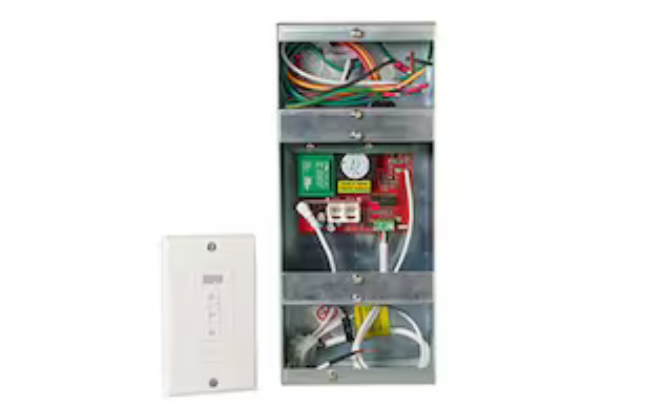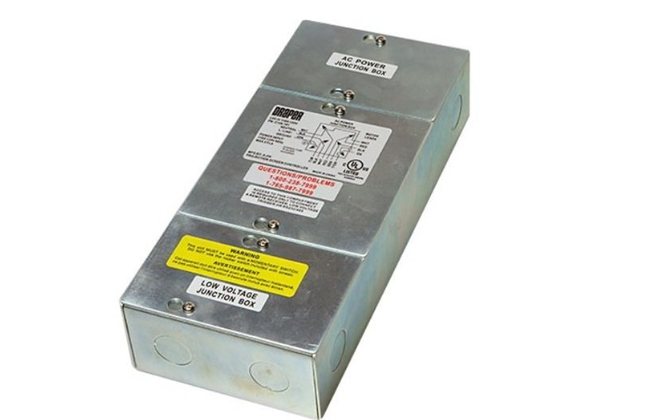Benefits of LVCs:
Safety: The primary benefit is safety. By isolating the user from high voltage, LVCs significantly reduce the risk of electric shock.
Convenience: They allow for easy control of high-voltage equipment using low-voltage devices, offering greater flexibility and user-friendliness.
Efficiency: Some LVCs can optimize energy consumption by controlling devices based on specific parameters or schedules.
Compatibility: Many LVCs are designed to work with various types of high-voltage equipment, making them versatile.
Common Applications:
Hospital and healthcare settings: Controlling lights, curtains, and other equipment from patient bedsides.
Home automation: Controlling lighting, HVAC systems, and appliances with remote controls or smart home systems.
Industrial settings: Operating motors, conveyors, and other machinery with remote control panels.
In essence, LVCs enhance safety, convenience, and control over high-voltage equipment.

